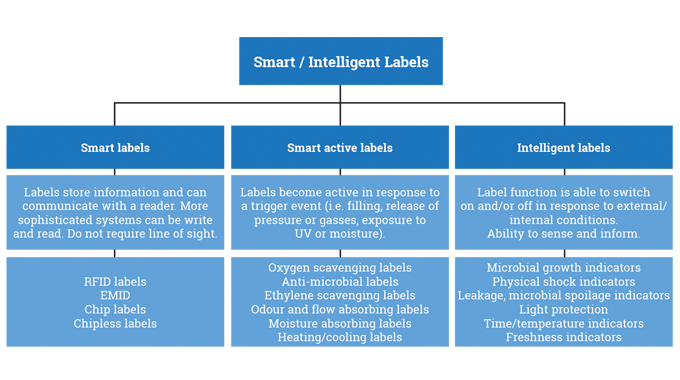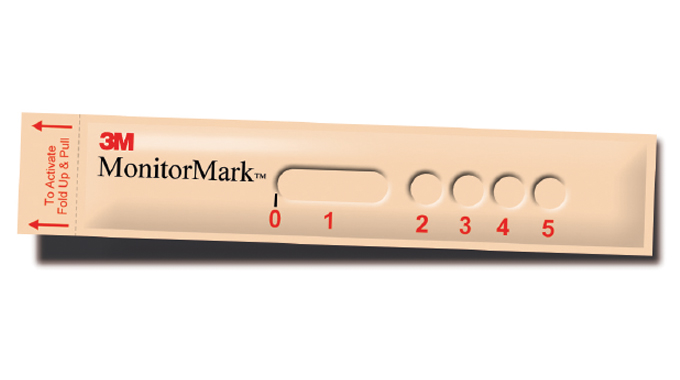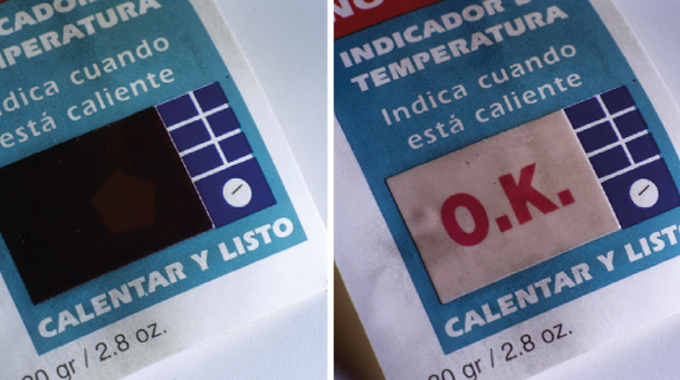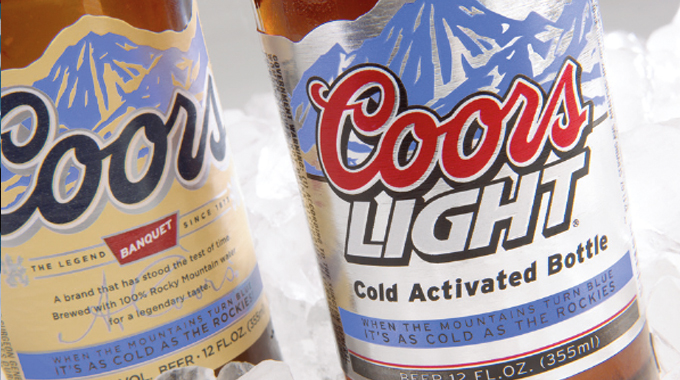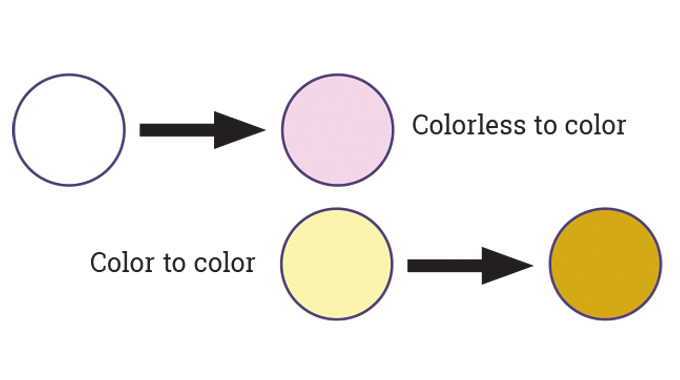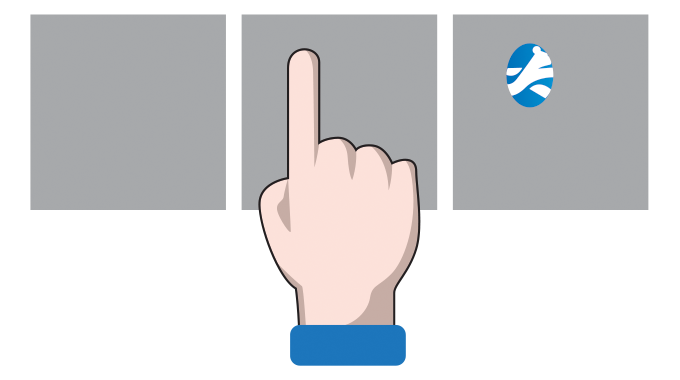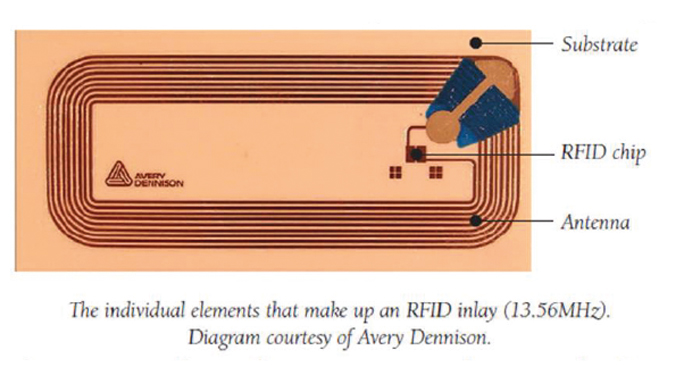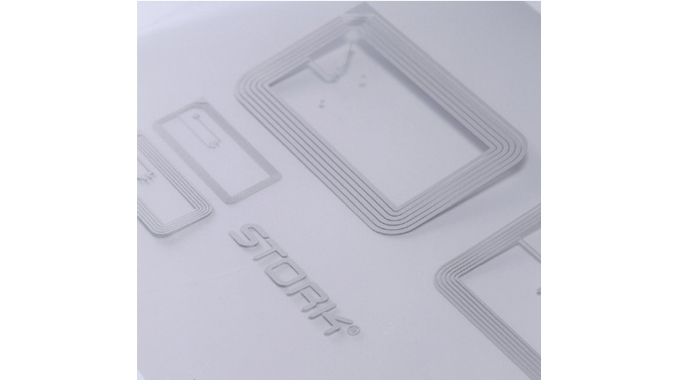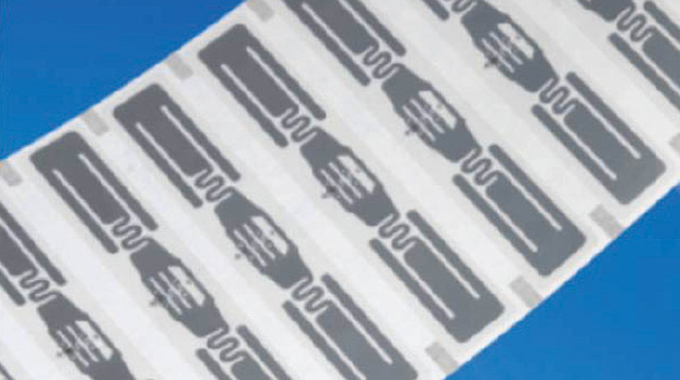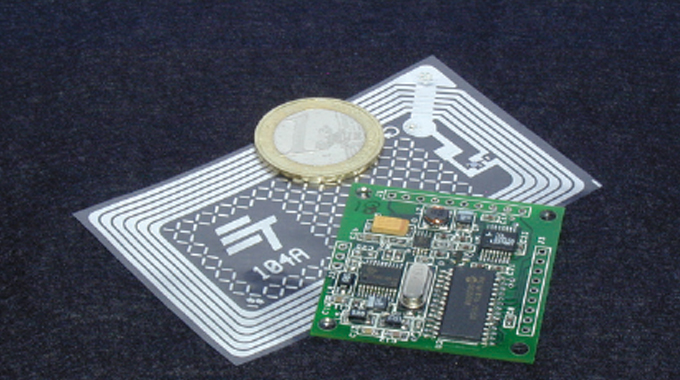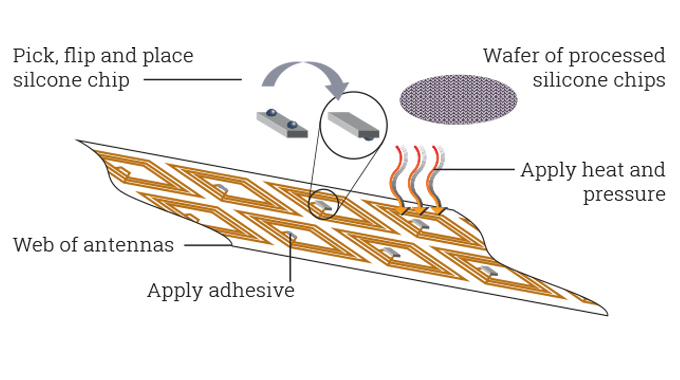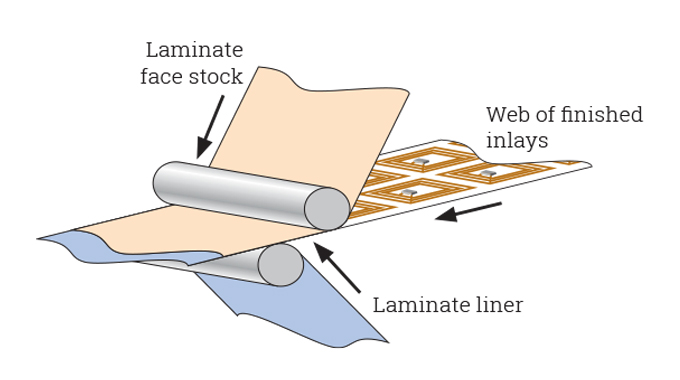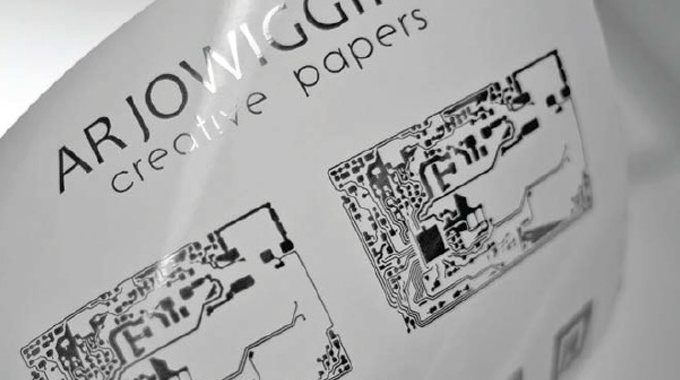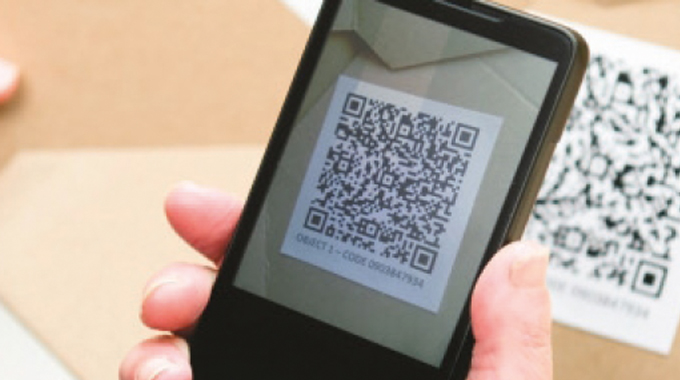★You are viewing this content as a subscriber
★Subscribers only
Smart, active and intelligent labeling
Interest in materials that react to environmental conditions such as light, heat, gases, pH and moisture is gathering pace
The focus of this article has been primarily on processes and techniques that are able to enhance the visual appeal of the label.
New technologies are emerging however, that are extending the role of the label beyond that of the purely aesthetic and into one that is much more functional.
Stay up to date
Subscribe to the free Label News newsletter and receive the latest content every week. We'll never share your email address.
